Everyone has their odd interest; that particular thing you love and obsess over, the subject that’s never far from your thoughts. For example, a friend of mine is obsessed with anything related to trains. He is always coming across books on trains or railways, or finding china from famous lines for sale on eBay. He even train spots in movies that are not about trains. Once, he identified a particular engine by the sound of its whistle. We checked; he was correct.
For me, it’s bags – or more accurately, containers. I have always found things like luggage, desks, furniture, and boxes fascinating. I am a fan of museums, architecture, and interior design; all natural extensions of this proclivity. I am also a natural organizer, which makes sense given this longitudinal interest.
Bags, however, have always been a point of particular fascination to me, especially bags that have a function or purpose. The idea of a bag as a portable office or hold-all for one’s daily needs and wants has always interested me. Even document cases, pen cases, zippered pouches, and coin cases all fascinate me. Each has a purpose and role; sorting, organizing, containing.
 Growing up, one of my idols was Indiana Jones. He traveled the world, defied death, and taught archeology at Princeton to adoring girls. He had an awesome leather jacket, that great fedora, and a whip.
Growing up, one of my idols was Indiana Jones. He traveled the world, defied death, and taught archeology at Princeton to adoring girls. He had an awesome leather jacket, that great fedora, and a whip.
He also had a bag. Indy’s bag held notebooks with ancient Egyptian calendar translations, golden statues, and grail journals. It was really cool, but totally practical. It made sense; where else would all that stuff go? It went everywhere with him.
The First OTC Bag
The ability to pare down one’s daily necessities and take them with you is another concept that continues to interest me, and in fact helped lead to the creation of OTC. One of our earliest posts was about the Counterfeit Mailbag, from the J. Peterman Company. In fact, John Peterman himself sent over for review. It was one of the first everyday bags positioned specifically for a man; a tool for safeguarding and transporting the things you needed. It was rugged, manly, functional, and steeped in history. It had a story, purpose, and background. These are still the key elements that speak directly to many male consumers; and that bag is still a favorite.
While bags for nearly every guy’s need are now a mere mouse click away, the proper balance needs to be struck. To our mind, function should always edge out form because what ultimately make a great man’s bag so compelling are its roots, design, provenance, and construction. These qualities transcend style and materials because a well-made bag is obvious no matter what kind of bag it is.
Four Bags
That said, we feel there are four basic bags to consider when looking for an everyday bag: the briefcase, the messenger bag, the tote bag and the duffel bag. Each one of these has an inherent function at its design core, yet each can easily adapt to most men’s needs.
The Briefcase
The briefcase can be strictly business, as with a Swaine Adeney Brigg lid-over-box briefcase or entrepreneurially flexible like the J. Panther Courier Ruc (also shown at the top). The definition of a modern briefcase has shifted to match the changing role of the man who carries it. Simply put, a typical man in a grey flannel suit needs room for more than just a pen and some folders, and it often his bag needs to be malleable and commuter friendly.
While the traditional box briefcase is elegant, sturdy, and ideal for the transportation and protection of files and paperwork, it is also limiting. A man’s accessory in most iconic way, its heyday is unfortunately past. The box briefcase is today more often an ironic steampunk accessory, corner-office aspirant security blanket, or, rarely, a true work tool carried by those unencumbered with too much day-to-day materiel (read, CEO or law firm partner).
A great truth about a great briefcase is that it becomes an heirloom. And a great modern briefcase is epitomized by the Frank Clegg English Briefcase shown here. Based on the iconic English dispatch case, it is formal yet rugged, polished yet waiting to be aged by life.
The Messenger
Perhaps the most influential modern example of a daily bag is the messenger bag. As with many social innovations, the now-ubiquitous messenger bag began life as purely functional tool used by bike messengers. When they first started showing up at the office, these purpose-designed bags telegraphed that the owner was creative, edgy, and had maybe even had access to the cool but sketchy bike messenger world.
Indeed, messenger bags were the perfect hybrid for many men; not a briefcase, not a backpack, bur decidedly masculine. They helped to define a new category that moved freely from home to street to office to Starbucks. They were also utilitarian; one big compartment, maybe a small zippered pocket and that was it. Bag makers quickly revisited their interior landscapes and today’s messenger bag now has pockets, sleeves and flaps for every conceivable gadget.
We feel that a classic Timkuk2 messenger is the best choice for a traditionally styled bag. Jack Spade also makes some great clean, modern messenger bags for those with an urban aesthetic.
The grown-up messenger bag is also very popular and thoroughly practical for many men. Rendered in leather or sturdy canvas, these bags are perhaps the closest thing there is to a man’s version of a purse. Two that we really like are the Keith Messenger Bag by ECCO and the Frank Clegg’s classic Messenger Bag. The Frank Clegg bag is exceptionally crafted and timeless in design. With few pockets but a huge amount of space, it is on the larger side, but if you are looking for that “one” bag, this is it. The ECCO bag is similar in design, although smaller and it has more pockets. Designed to carry a variety of everyday stuff, it is very much a “man bag,” in the best of ways.
The Tote
The iconic canvas tote bag is as practical as it is ubiquitous. Tote bags are big right now and come in any manner of style and material. Perhaps the most famous version of this functional workhorse is made by L.L. Bean – the Boat and Tote. In fact, L.L. Bean essentially invented the canvas tote bag category. The bag was originally developed to carry blocks of ice (back in the day when block ice was used to keep foods fresh in the ice box).
The tote bag survives and thrives because its design is simple and universal. The open top, occasionally zippered or buttoned, is easy to fill up and empty out and when well-tweaked, can morph into a modern bag while holding on to its utilitarian roots. Notebooks, tablets, and magazines are easily found and the wide-open space encourages you to toss in a few leather zipped pouches for pens and other small items.
A great example of this thoughtful updating is found in this elegant tote bag from the Japanese brand Porter, in collaboration with Monocle magazine. A practical tote at heart, its carefully placed interior pockets and sturdy top snap make it the perfect office or globe-trotting companion.
J. Panther Luggage has beautiful example of a modern classic tote about which we recently wrote, the Ruc Tote. It’s possibly one of the coolest bags OTC has ever reviewed.
The Duffel
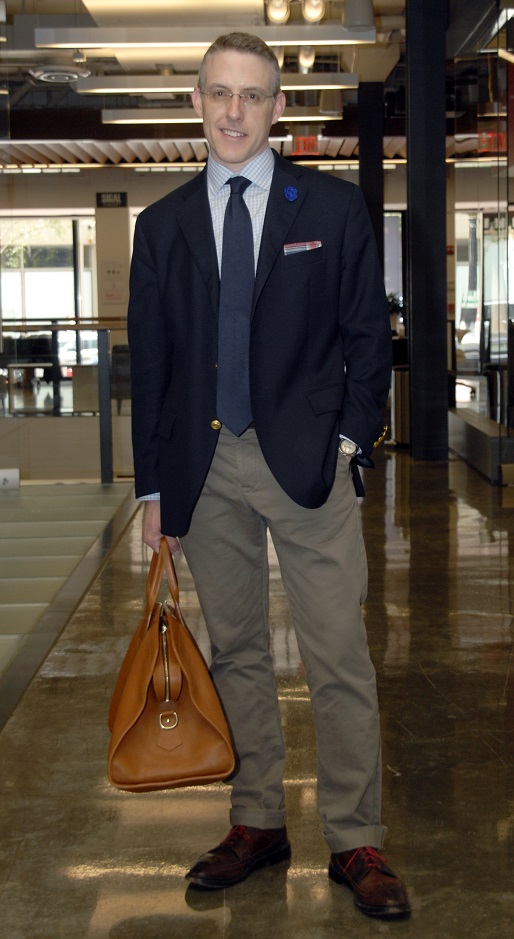 A duffel bag in the office? Yes. But we are talking about smaller, carry-on style duffels, not the ones used for military deployment. Intended as a personal travel bag, the duffel has the advantage of being designed to both carry a good amount of one’s stuff and be easily portable, fitting into tighter spaces.
A duffel bag in the office? Yes. But we are talking about smaller, carry-on style duffels, not the ones used for military deployment. Intended as a personal travel bag, the duffel has the advantage of being designed to both carry a good amount of one’s stuff and be easily portable, fitting into tighter spaces.
Typically simple in design and construction, a duffel bag also blends in well with most outfits and styles. Short of a full-pads business suit, it can handle the office with hipster aplomb and then head off with you on vacation. And, frankly, some duffel bags from Louis Vuitton, Ralph Lauren, Bally, Hermes, and Frank Clegg (pictured here) are elegant enough for any setting.
While not for everyone, using a smallish duffel as a work bag is a fun way to bring a utilitarian – or, dare we say, bohemian – bent to your daily routine. Bear in mind that by design they generally consist of one large open space, sometimes with a small zippered drop pocket. Consider capturing smaller items in pouches and small zip bags, keeping tem easy to find and access.
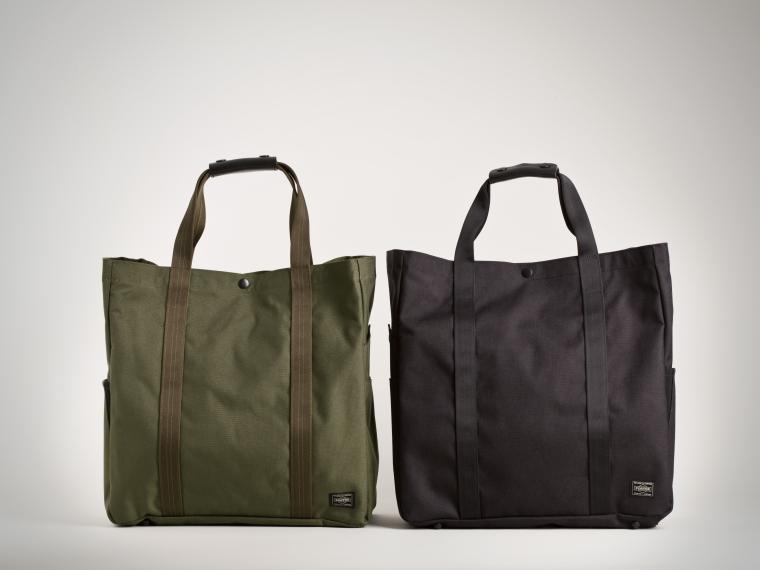
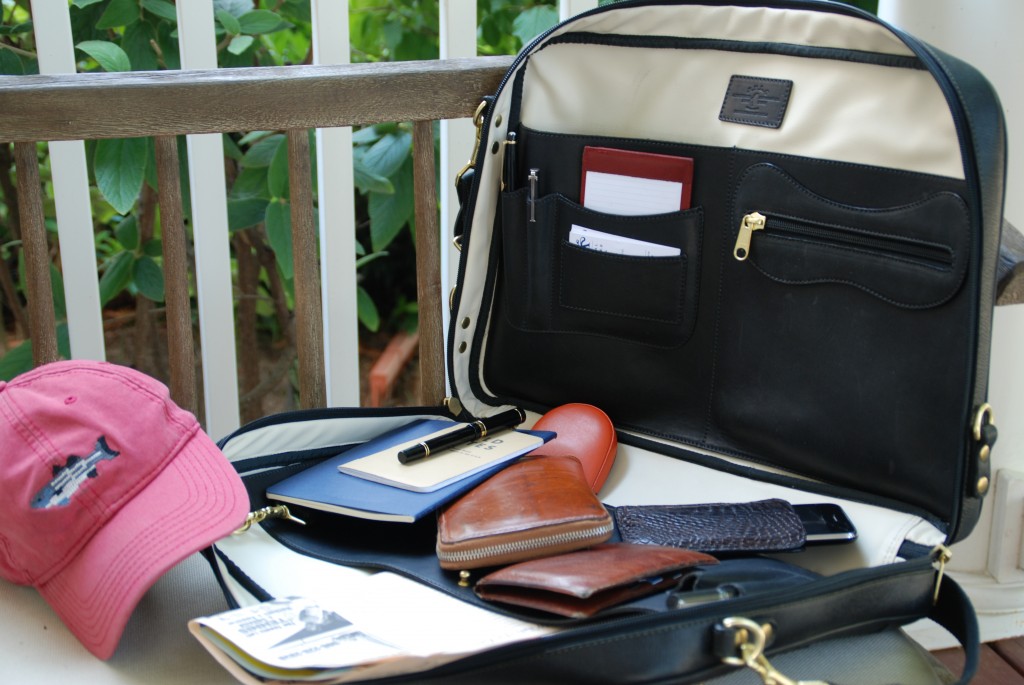
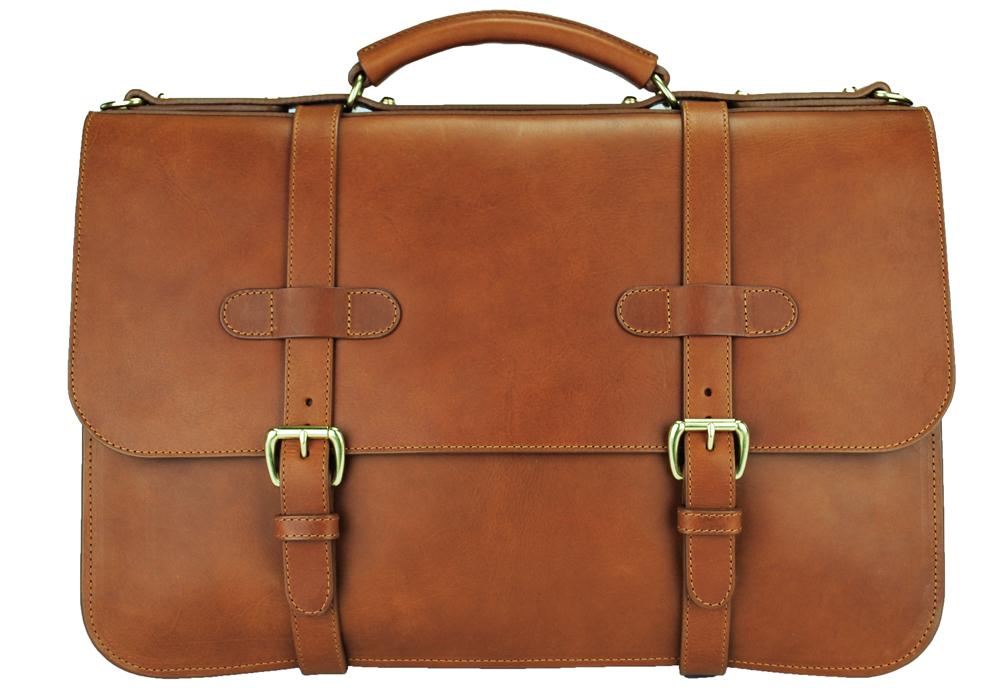
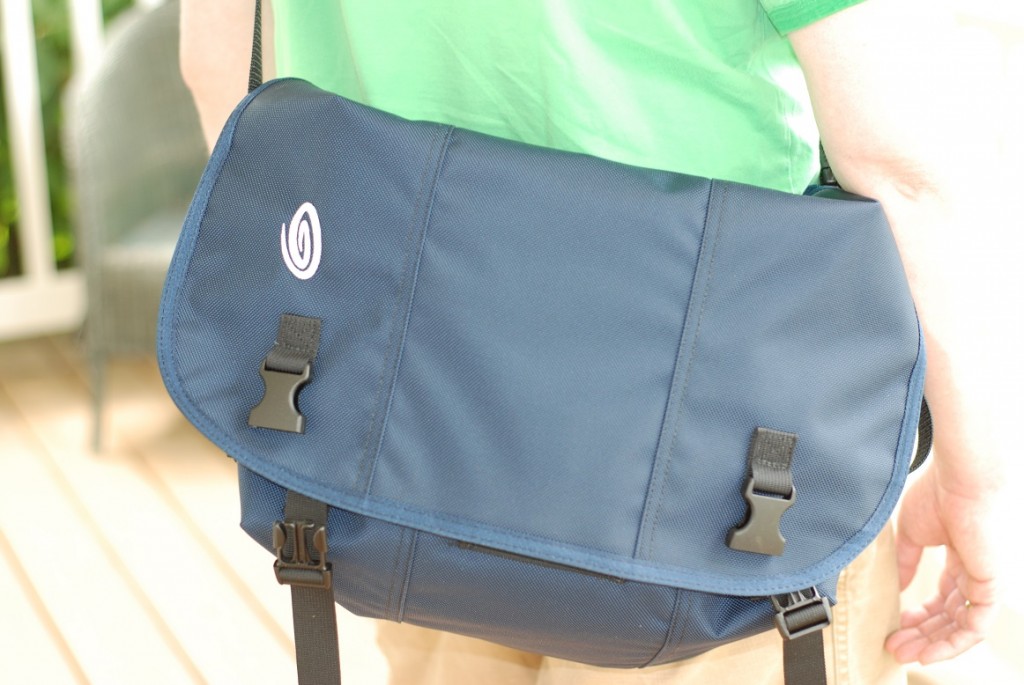
I have quite a few bags that I use in no exact order. The old great looking square box briefcases get too heavy even without a lot of content. Those with a couple of straps to buckle, look nice but the buckle and unbuckle effort becomes a real pain.
Truth is, I have all the styles you mention and cannot decide if I like any that well. After over 50 years in the corporate world, my aching back tells me it is better to avoid any bag if possible.
Nice piece. Keep up the good work!
Made in America is far better then Made in China (Hermés, RL, LV)
Been trying to find a really nice tote bag for ages and always stop myself at the last minute from buying one… That leather briefcase in the photo up there certainly looks cool by the way!
Fun fact: Indy’s satchel is actually a WWI era gas mask pouch.
Great article, I think it’s important for men to be able to differentiate the different bags and wear them accordingly.
Indiana Jones taught at the University of Chicago. Princeton did not admit women until the late 60s.
Great post! Good to see a man actually embracing how stylish and functional a bag can be- more men need to realise that the right bag can work wonders! Love the briefcase!
Great article – sums up the options at hand really well=) I’m big on leather – don’t think polyester/non leather bags are suited for the typical workspace(unless you are in the design industry or other)
Thanks again – really enjoyed the read
R